For Your Reference: From the archives! Originally posted November 2014. In my first herbal medicine classes, we were required to have access to at least four herbal reference books and at least two good field guides for plant identification. That's what I started out with, anyway. I think by now my plant books have overgrown one of my three-shelf bookcases. They're all over the living room, on side tables and coffee tables; in the bedroom on bedside tables and bookcases, in the basement and the office and the kitchen. I have books on identifying (plants, flowers, trees and berries) in all seasons, making medicine, herbal theory and practice, herbals of all kinds, recipe books for wild edibles... Not all plant books are the same, of course. There are multiple traditions and paradigms within herbal medicine, and my chosen path is best described as bioregional folk herbalism. In other words, I use the plants that grow around where I live (my bioregion) in accessible ways, guided by traditional uses and herbalists. Therefore, you will find that many of my plant identification and ethnobotany references are specific to the Great Lakes, Michigan in particular. Here are several of my most often used reference books for plant identification. These tend to live in my wildcrafting backpack: And a selection of herbals from herbalists and plant people that I respect. I own all these because I refer to them so much. These friends are to be found all over the house, along with plant books I've checked out from the library. As I am a book person, I have and use plenty of books. Like I've said, they're everywhere. I like to pick one up and flip through when I'm looking for something in particular, or just open to a page and start to read. I get a lot of information and ideas from books, however it's important to be said that books are not my only references. Since so many of the best herbalists I know spend their time helping people, wildcrafting, making medicine and teaching, a more accessible way to learn from them is by what they've written and/or posted online. Speaking from experience, it's so easy to put information the internet! You can find a wealth of information by searching the name of an herbalist you trust, or going to their site directly and poking around. My trusted herbal reference sites include: jim mcdonald: www.herbcraft.org Kiva Rose: The Medicine Woman's Roots 7Song: Northeast School of Botanical Medicine Rosalee de la Foret: Methow Valley Herbs Ananda Lakshmi Wilson: Plant Journeys Juliet Blankespoor: Blog Castanea / Chestnut School of Herbal Medicine Michael Moore: Southwest School of Botanical Medicine Henriette Kress: Henriette's Herbal Homepage For botany and plant identification, I frequent: Ontario Wildflowers U.S. Wildflowers USDA Plants Database Lady Bird Johnson Wildlife Center - Native Plants Database Michigan Wildflowers Index Per's Wildflower Pictures of Michigan and Ontario Michigan Flora - University of Michigan Herbarium I'll leave you with one of my new favorite things - the recordings, talks and plant walks that you can find on Youtube, Pinterest and the like. A version of distance learning, you could say, to watch herbalists from around the country. Here's a great example - a short video of jim mcdonald, talking about New England Aster. This is found on Youtube, posted by jim. I've noticed some technical difficulties with this post, so if the video link does not load for you, this and more of jim's videos can be found in his Youtube playlist here.
0 Comments
Leave a Reply. |
Author
Herbalist plant ramblings and adventures in green medicine, by Linden Tree Herbals potion-maker Ginny. CategoriesArchives |
| Linden Tree Herbals | . |
Proudly powered by Weebly
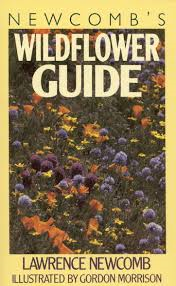
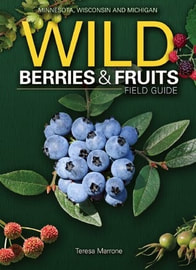
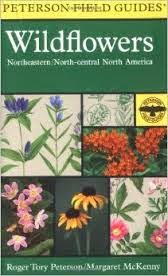
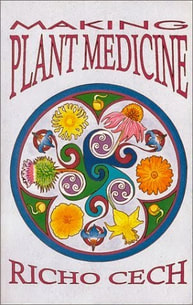
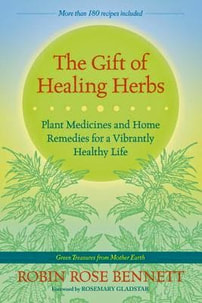
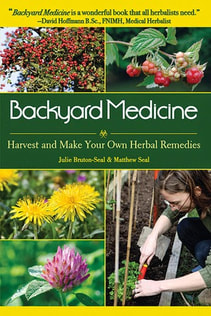
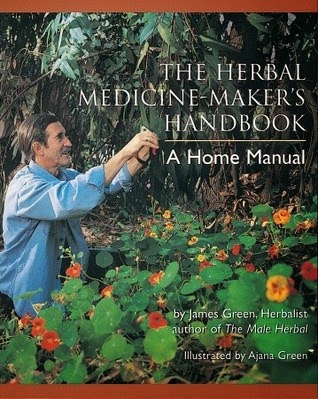
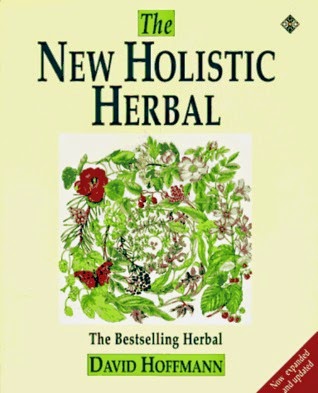
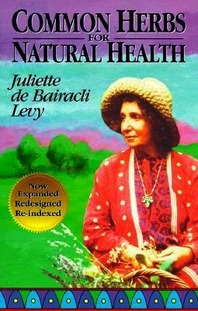
 RSS Feed
RSS Feed